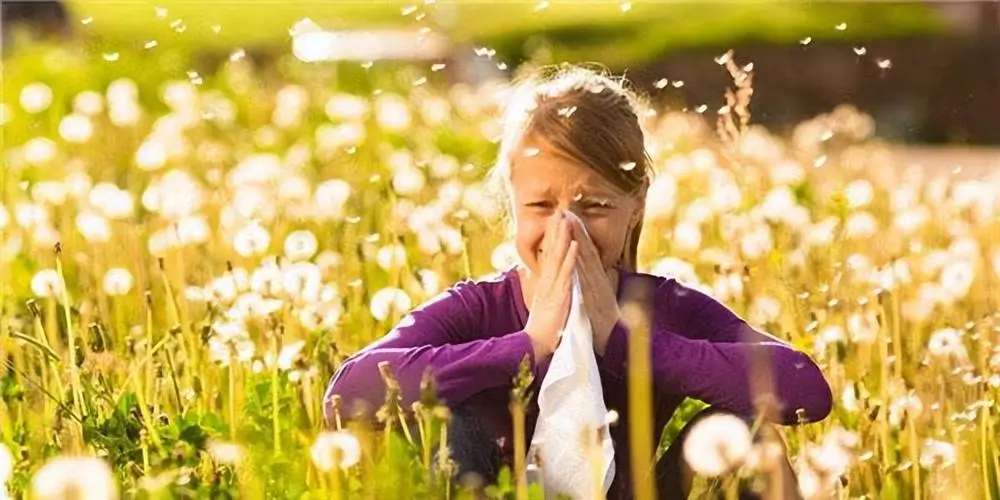Allergy season can bring misery to tens of millions of Americans each year. Tree, grass, and other pollens can cause runny noses, itchy eyes, coughing, and sneezing.
Where you live and what you’re allergic to can make a big difference in how bad your allergies are, but there are many things you can do to feel better. Here are some tips from experts to keep allergies at bay — maybe even enough to allow you to enjoy the outdoors.
When it comes to allergies, pollen is often the main culprit. There are three main types of pollen that can trigger allergic reactions. Tree pollen is usually the first to appear in the spring, followed by grass pollen, and then weed pollen in the late summer and early fall.
Some of the most common tree pollens that cause allergies include birch, cedar, cottonwood, maple, elm, oak, and walnut. Grasses that can cause symptoms include Bermuda, Johnson, rye, and Kentucky bluegrass.
One of the key steps in managing allergies is to track pollen levels and plan your day accordingly. By keeping an eye on pollen forecasts, you can better prepare yourself to avoid exposure.
This may involve keeping your windows closed at home and in the car, staying indoors when pollen counts are highest, and changing your clothes when you come back inside.
Additionally, wearing a mask can help protect you from allergens, although it may not be as effective for eye symptoms.
It’s important to be proactive in managing your allergies, especially during peak pollen seasons. By taking these steps to minimize your exposure to allergens, you can potentially reduce the severity of your symptoms and enjoy the outdoors without as much discomfort.
Remember, allergies can vary depending on where you live and what you’re allergic to, so it’s important to consult with healthcare professionals for personalized advice and treatment options.
In conclusion, allergies can be a significant source of discomfort for many individuals, but there are ways to mitigate their impact.

By being aware of pollen levels, taking preventative measures, and seeking appropriate treatment, you can better manage your allergies and improve your quality of life during allergy season.
Pollen trackers play a crucial role in helping individuals plan and manage their allergies. The American Academy of Allergy Asthma and Immunology operates a network of counting stations across the United States to track pollen levels.
This information is readily available on their website and can also be accessed via email. By staying informed about pollen counts, individuals can better prepare themselves for allergy season and take necessary precautions to alleviate symptoms.
Understanding one’s specific allergies is the first step in effectively managing them. Dr. Nana Mireku, an allergist in the Dallas-Fort Worth area, emphasizes the importance of identifying allergens that trigger reactions.
Once identified, over-the-counter nasal sprays can help relieve symptoms, although they may take some time to take effect. Dr. Rachna Shah, an allergist and director of the Loyola Medicine Allergy Count, recommends starting these medications early in the season for optimal results.
Additionally, antihistamines can provide relief, and some patients may benefit from switching brands if a particular one becomes less effective.
For individuals, especially children, who require multiple allergy medications, immunotherapies in the form of shots or oral drops can be beneficial.
These treatments work to desensitize the immune system to allergens, addressing symptoms at their source. By targeting the underlying cause of allergies, immunotherapies can offer long-term relief and reduce the need for ongoing medication.
The Asthma and Allergy Foundation of America publishes an annual ranking of the most challenging cities to live in for individuals with allergies.
Factors such as over-the-counter medication use, pollen counts, and the availability of allergy specialists are considered in determining the rankings.
This year, cities like Wichita, Kansas; Virginia Beach, Virginia; and Dallas were among the top five most challenging cities for allergy sufferers.
Many individuals have noticed changes in allergy seasons, with earlier starts and longer durations becoming more common. Dr. Shah, who monitors pollen counts in the Chicago area, observed tree pollen reaching moderate levels as early as mid-February this year.
She attributes these changes to climate change, which has led to longer and more intense allergy seasons. As temperatures continue to rise, experts predict that allergy seasons will become more severe and prolonged.

In conclusion, pollen trackers and allergy specialists play a vital role in helping individuals manage their allergies effectively.
By staying informed about pollen levels, identifying specific allergens, and exploring various treatment options, individuals can better cope with allergy symptoms and improve their quality of life.
As allergy seasons continue to evolve due to climate change, it is essential for individuals to adapt their strategies for managing allergies and seek professional guidance when needed.
